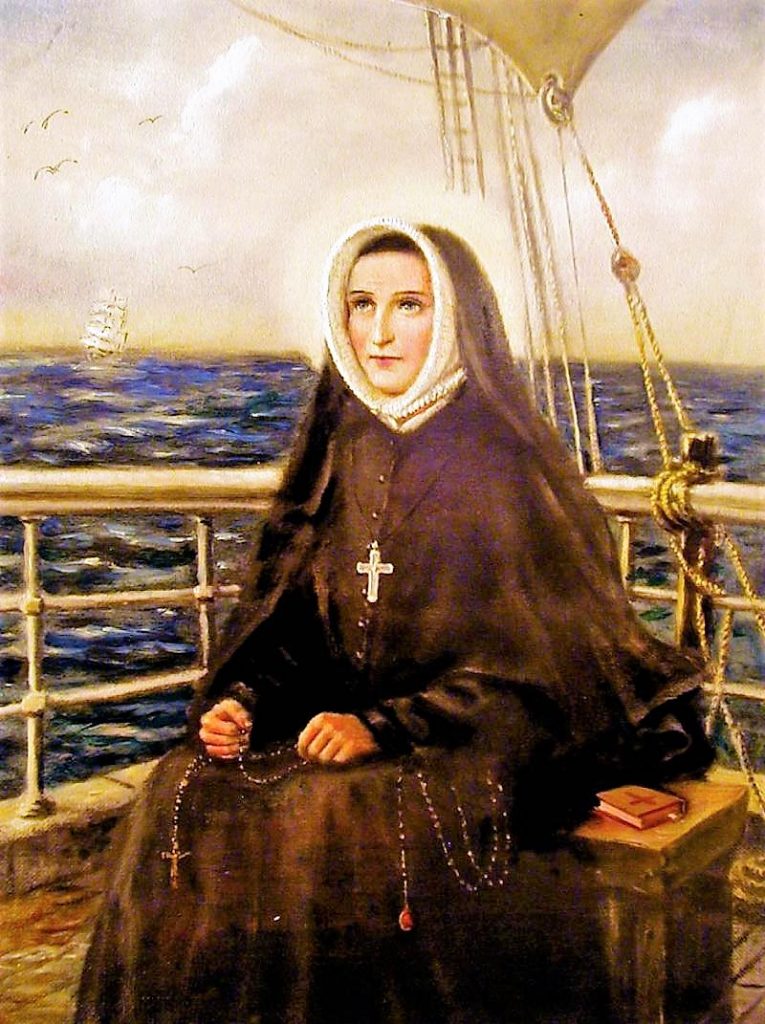
Today, November 18, is the memorial of Saint Philippine Duchesne.
Rose Philippine was born to a French family known for its wealth and political connections. She was educated by the nuns from the Order of the Visitation. Realizing she had a religious vocation, she told her family her desire to become a nun. Her family disapproved of it. So in 1788, she convinced an aunt to go with her to the Visitation Monastery of Sainte-Marie-d’en-Haut to “visit.” Turned out Philippine convinced the nuns to admit her (they agreed). Her aunt went back home without her.
In 1792, during the Reign of Terror, members of the anti-religious French Revolution shut down the monastery, forcing Philippine to return to her family and continue leading the Visitandine life outside. She cared for the sick and poor, helped fugitive priests, visited prisons, and taught children.
After the Revolution, Philippine was met by Saint Madeleine-Sophie Barat, who was then founding the new congregation Society of the Sacred Heart. Saint Madeleine-Sophie invited her to join the new community, and Philippine said yes.
Philippine’s important assignment was to assist the emerging immigrant Church in the United States. Together with four other sisters, Philippine travelled to the US. Despite some initial setbacks, Philippine managed to go to St. Charles, Missouri, where she immediately opened a school. At Florissant, she built a convent, an orphanage, a parish school, a school for Native Americans, a boarding academy, and a novitiate for the congregation.
The Americans were impressed with her virtuous life and observed that she spent very long hours in prayer. The people then began calling her “Woman Who Always Prays.”
In her last days, the humble missionary chose to live in a tiny room under a stairway near the chapel. She was all alone, nearly blind, and weak. She died in 1852 at age 83.
She was beatified in 1940 by Venerable Pope Pius XII. Pope Saint John Paul II canonized her in 1988.